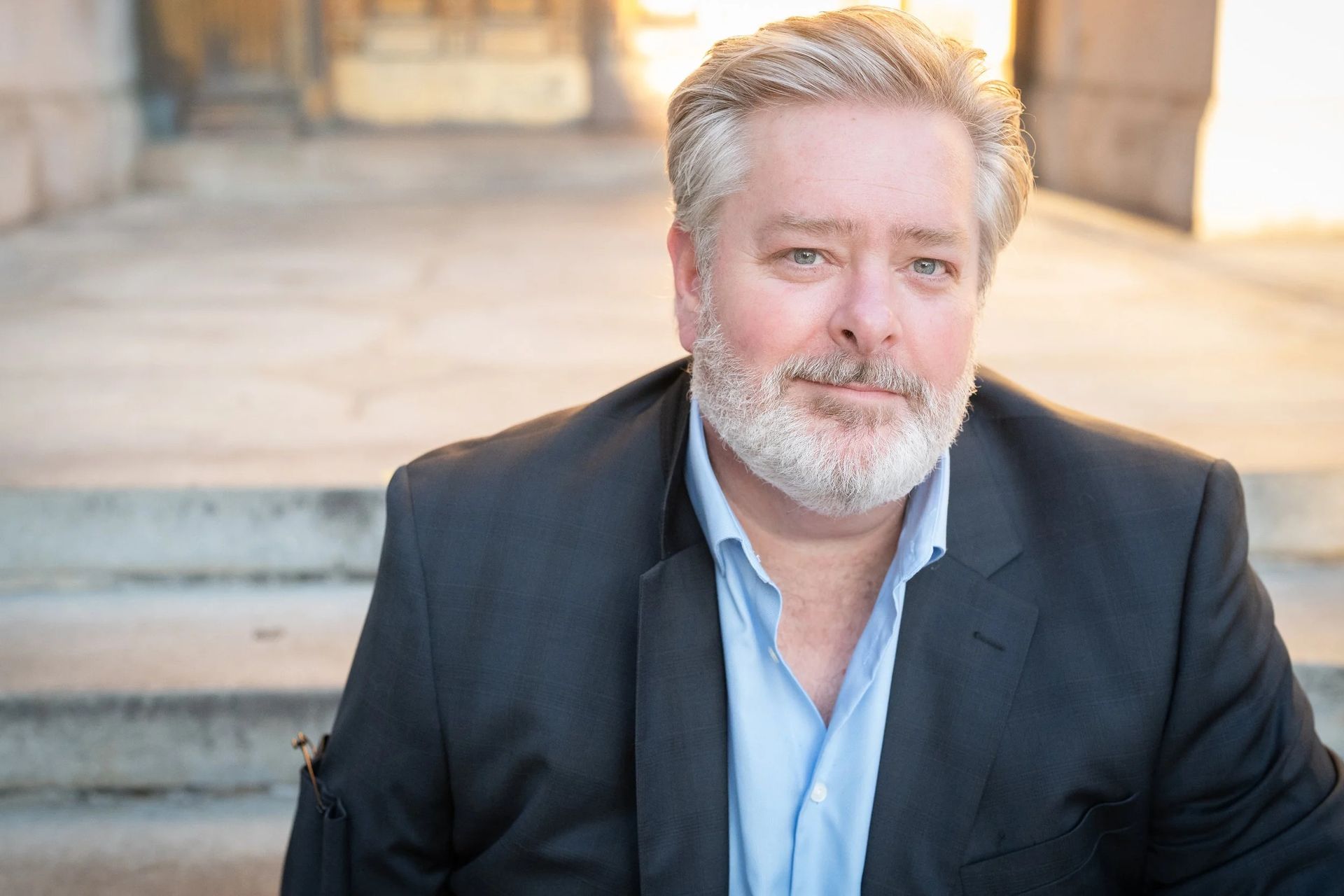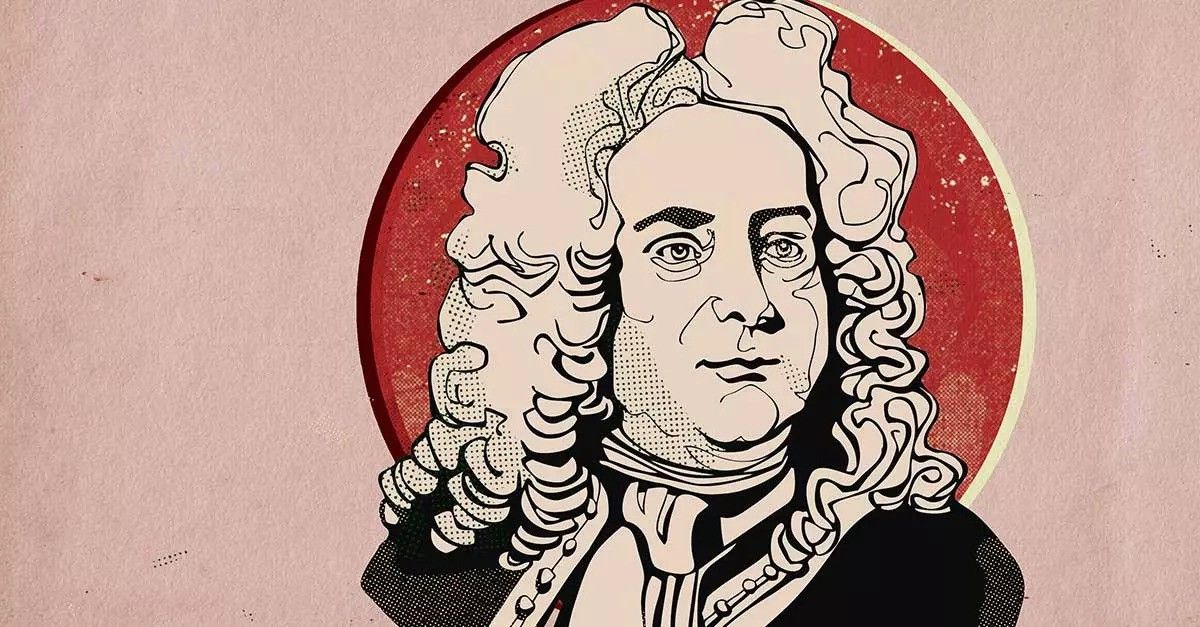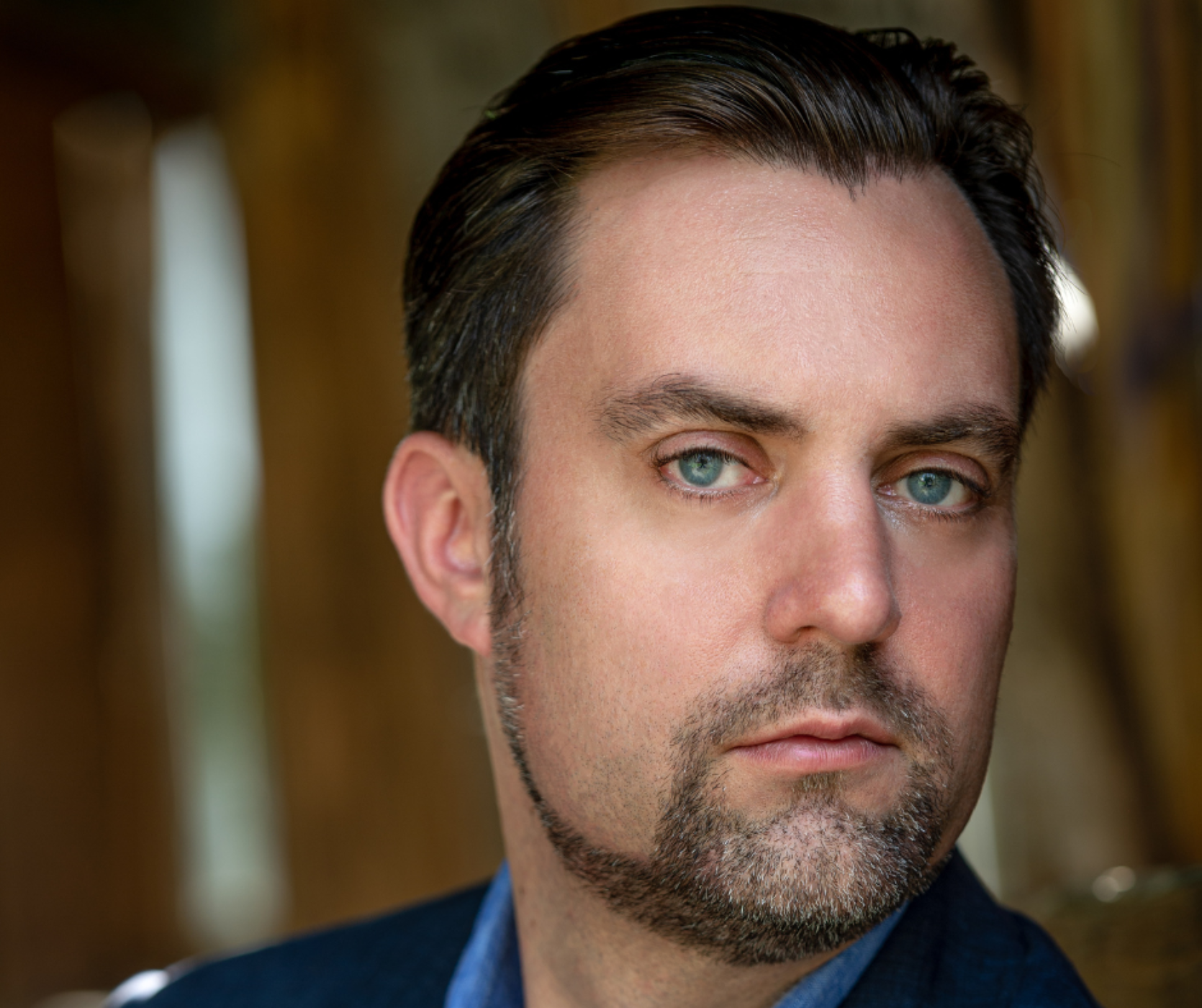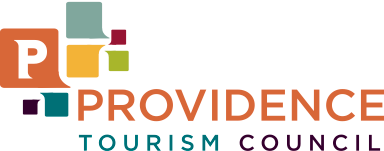THE STORY BEHIND: Tchaikovsky's "Pathétique"
Share

On October 16, Bramwell Tovey and the Rhode Island Philharmonic Orchestra will present Tchaikovsky's
Pathétique with violinist Jennifer Frautschi.
THE STORY BEHIND: Tchaikovsky's
Pathétique
Title: Symphony No.6, op.74, TH 30, B minor (Pathétique)
Composer: Peter I. Tchaikovsky
(1840-1893)
Last time performed by the Rhode Island Philharmonic: Last performed March 22, 2014 with Larry Rachleff conducting. This piece is scored for two flutes, piccolo, two oboes, two clarinets, two bassoons, four horns, two trumpets, three trombones, tuba, timpani, percussion and strings.
The Story:
"As you know, I destroyed a symphony that I had partly composed and orchestrated . . . for it contained little that was really fine: an empty pattern of sounds without any inspiration. . . . [Then] the idea came to me for a new symphony. This time with a program; but a program of a kind that remains an enigma to all; let them guess it who can."
Thus, Peter I. Tchaikovsky described the birth of his Pathétique Symphony in a letter of February 1893 to Vladimir Davydov, the person to whom he would dedicate the work. For years, the wildest guesses abounded concerning the hidden program. Finally, 20th-century research turned up a brief notation among Tchaikovsky’s sketches that could be dated 1892. It read:
"The ultimate essence of the plan of the symphony is LIFE. First part: all impulsive passion, confidence, thirst for activity. Must be short. (Finale DEATH — result of collapse.) Second part love; third disappointments; fourth ends dying away (also short)."
Since the composer’s letter implies that the discarded symphony did not have a program, this would appear to be a draft of the program to the
Pathétique Symphony. A draft, but not the final plan, for there were revisions: The first part is not short but takes up about half the total length of the work and, arguably, the third part does not suggest disappointments.
The
Adagio
lamentoso emerges from the orchestral depths, mournfully forecasting the agitated first theme-complex that appears at the
Allegro. The
Andante second theme is one of Tchaikovsky’s most famous and most consummately beautiful melodies. Digressing from it momentarily, the theme returns glorified by a rich accompaniment. Following a development section built exclusively on earlier material, even more glorious settings of the famous theme are the heart of the final reprise.
Tchaikovsky, famous for his waltzes, makes the second movement gracefully waltz-like, but the music is in the asymmetrical 5/4 time instead of the traditional 3/4. Delicate
pathétique emotion characterizes the Trio section, which allows fragments of the main waltz to bleed through before the formal reprise. As a counterbalance, Trio motives reemerge during the final coda.
The beginning of a Scherzo is gradually vanquished by a defiantly heroic march approaching from the distance. The movement proceeds as a sonata form without development. Concerning its fierce conclusion, Donald Tovey remarks:
"It would, if translated into literature, be the triumph of the real hero not the story. He might share in it at the time; but his heart will be in the mood of Tchaikovsky’s finale."
After the sheer power of the march, the movement that the composer marked “Finale” might sound more like an epilogue. It is the antithesis of Beethoven’s victorious finales. The working out of its two themes brings a climax of pathetic emotion that effectively answers questions posed in the first movement. Then, in its dying moments, the symphony returns to where it began in the depths of the orchestra.
Program Notes by Dr. Michael Fink © 2021 ALL RIGHTS RESERVED
Tickets start at $15! Click HERE or call 401-248-7000 to purchase today!







